Overripe bananas on sale at the grocery store or you purchased more than you anticipated eating? Banana oatmeal breakfast muffins are an exceptional way to save “wasted” bananas. Unlike muffins from Starbucks, these easy breakfast or snack treats are free of sugars and loaded with nutritional benefits like flax seeds
Flax seeds come in two basic varieties: brown and yellow (also known as golden linseeds). Most types have similar nutritional characteristics and equal numbers of short-chain omega-3 fatty acids. The exception is a type of yellow flax called solin (trade name Linola), which has a completely different oil profile. Solin is very low in omega-3 fatty acids. Although brown flax can be consumed as readily as yellow, and has been for thousands of years, it is better known as an ingredient in paints, fiber and cattle feed. Flax seeds produce a vegetable oil known as flaxseed or linseed oil–is one of the oldest commercial oils–and solvent-processed flaxseed oil has been used for centuries as a drying oil in painting and varnishing.
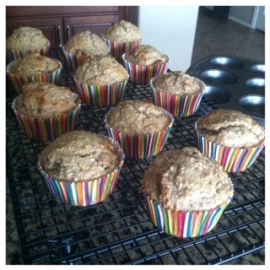
Here are some tips to keep in mind:
- I like to use Chobani when baking or cooking with Greek yogurt because of its
thicker texture. - You can use vanilla yogurt just remember to nix the teaspoon of vanilla.
- The honey works well to add sweetness to the dish.
- Do not use agave!!! Although agave is becoming increasingly popular, agave is made with high fructose corn syrup.
- The flax seed is an added nutritional benefit as noted above.
- Your bananas should be spotted brown and very ripe. They will mash easily; the riper the banana, the sweeter the taste.
- I cooked my muffins at 400 degrees and they were still moist and delicious.
- Pulsing the oats in a food processor creates oat flour.
- I added pecans to my batter.
- The muffins will be dense and moist from using a banana base.
Muffins are always a great way to create a grab-and-go breakfast. The use of sweet bananas and the acidity of the pecans work as a perfect pair. There is room for diversity in ingredients. Try dark chocolate for a dessert muffin; try raisins for a healthier muffin; try strawberries for a fruity muffin. Any way you like it this muffin can offer.
Leave a comment with your favorite muffin mixes. Follow my Pinterest. Check back again next Wednesday for more tips and tricks from The Cooking Bug.


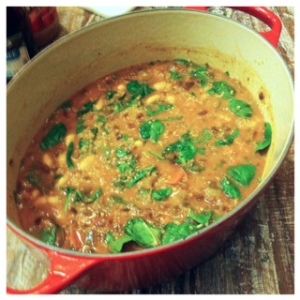
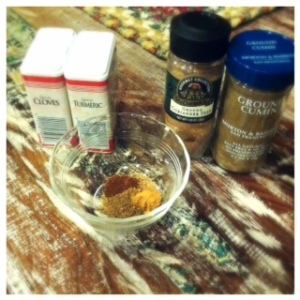
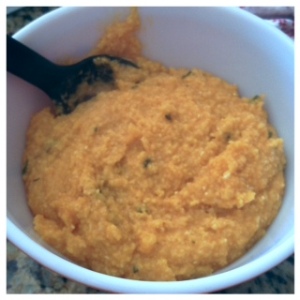
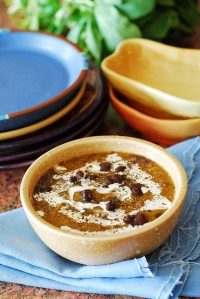
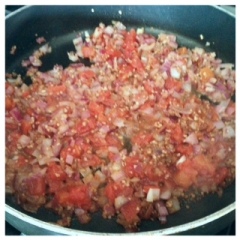
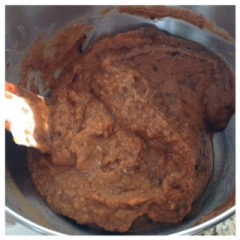 The black bean and pumpkin soup combines my two favorite flavors. I am obsessed with pumpkin, making everyday fall. I love that this soup can be made and frozen for a day I need a warm pick-up. A spicy kick and a sweet ending blend the flavors of fall and the southwest. Be a cowboy in the kitchen!
The black bean and pumpkin soup combines my two favorite flavors. I am obsessed with pumpkin, making everyday fall. I love that this soup can be made and frozen for a day I need a warm pick-up. A spicy kick and a sweet ending blend the flavors of fall and the southwest. Be a cowboy in the kitchen!